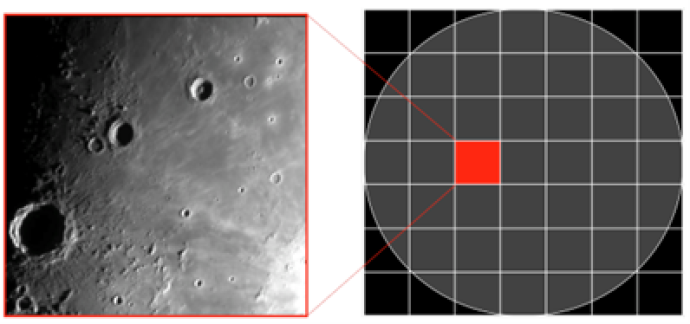You can use the Liverpool Telescope to observe features on the Moon’s surface. This is because the telescope has a field of view that shows small areas of the sky in lots of detail. This means that you would need to combine about 49 images from the LT to cover the entire full Moon.
In this project, you will plan observations of 3 features of the Moon during different lunar phases. You then use Go Observing to request the images of specific areas of the Moon at specific times within the lunar phase cycle. The images you collect will allow you to show and investigate how these features appear to change over time.
By the end of this activity you will:
- Have used your knowledge of the phases of the Moon to plan a series of observations
- Have produced detailed images of features on the Moon using the Liverpool Telescope and image software
- Have demonstrated how the appearance of those features changes with the phases of the Moon
- Have produced a report of your results and analysis
To complete this activity you will need:
- To log into your account
- To watch our guide to making Advanced Observations
IT Equipment
- Access to the internet
- Software for viewing astronomical data files

